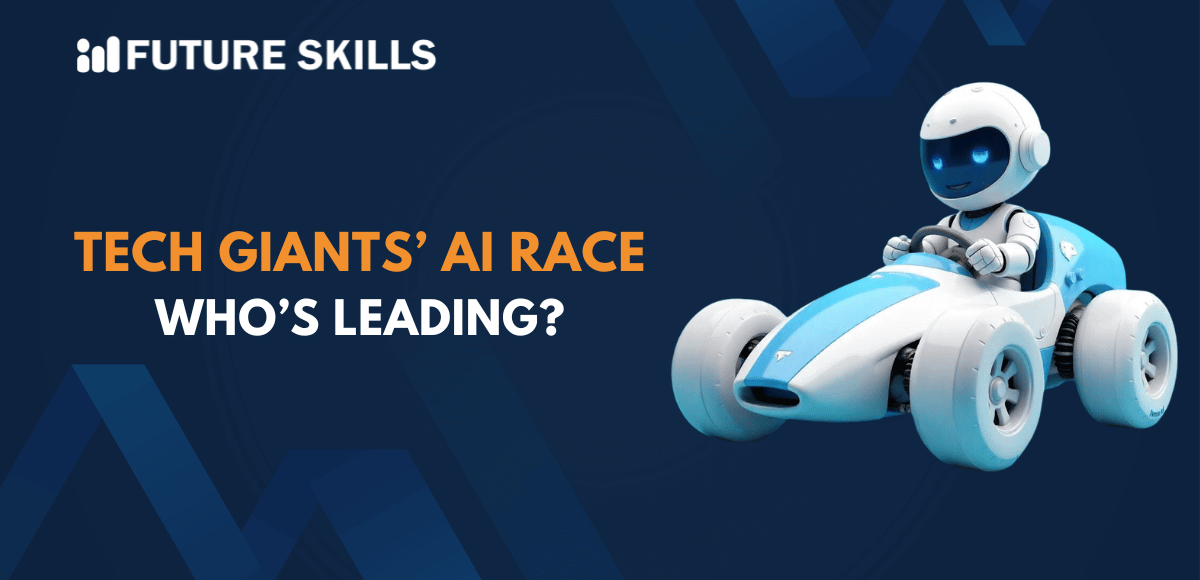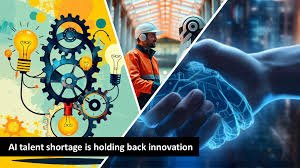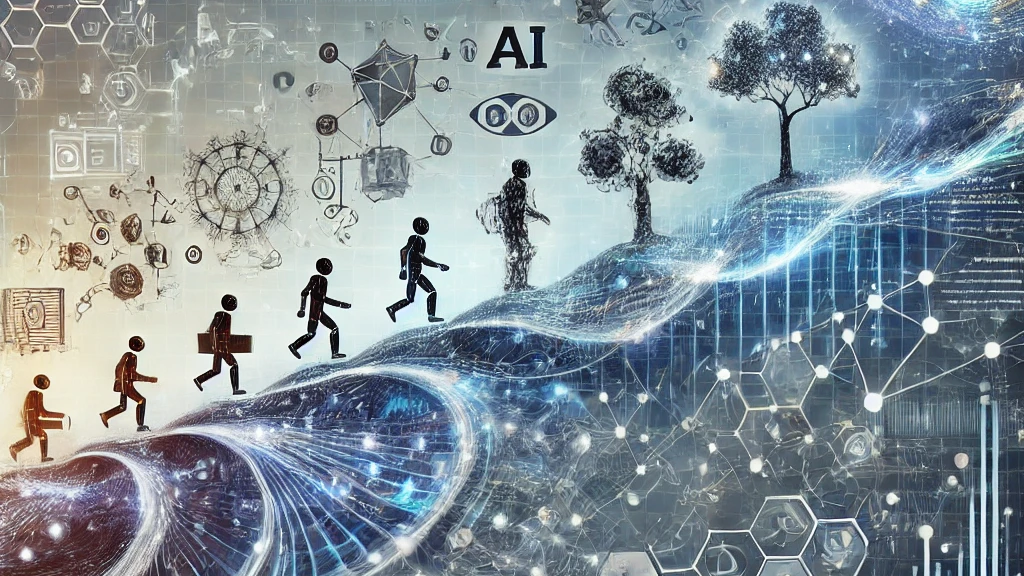Microsoft’s Vice Chair and President recently spoke to the Senate Commerce Committee. He shared insights on technology and artificial intelligence, highlighting both challenges and new opportunities.

The conversation zoomed in on the need for industry leaders and policymakers to work together. That kind of cooperation really matters if the country wants to stay ahead in AI and drive innovation that actually helps people.
Key Takeaways
- Industry leaders discussed AI development during Senate hearings.
- Collaboration between private and public sectors is emphasized.
- Responsible use of AI remains a critical focus.
Senate Commerce Committee
AI as a Foundational Technology
Artificial intelligence is quickly becoming a game-changer, much like electricity or the rise of computers once were. This kind of technology impacts nearly every industry, boosting productivity and sparking new ideas.
Nations that jump on AI and weave it into their systems will probably see serious economic growth—and maybe even outpace their rivals.
Building the AI Technology Layers
AI depends on a layered tech system, often called a tech stack. You’ve got infrastructure like data centers, then platforms with core AI models, and finally the apps that bring it all to life.
Each piece has its job, making sure AI works smoothly in different fields.
A Collaborative Ecosystem for Progress
Getting AI right takes a group effort. Private companies, public funding, skilled workers, and global partners all have to pitch in.
No single country can pull ahead in AI without real collaboration and a strong ecosystem.

Accelerating Technological Innovation
The United States faces stiff competition to lead in AI. To stay at the front, the nation needs to push for faster tech breakthroughs that help both security and the economy.
That means leading research, building solid infrastructure, and making sure industries actually use new AI tools.
Enhancing Data Center Capacity
Robust data centers are the backbone of AI development. These places need steady electricity, fast internet, and smart cooling systems to handle all the heavy processing.
Investing in these centers will keep them growing and up-to-date across the country.
Expanding the Skilled Labor Force
AI can’t move forward without a skilled workforce. Electricians, engineers, and tech specialists are the ones who set up and keep these systems running.
Training programs should help people land jobs tied to AI and keep up with the pace of change.
Increasing Research and Development Efforts

Innovation in AI starts with strong research. Grants and academic partnerships fuel new breakthroughs.
When federal research connects with private companies, fresh ideas can actually make it to the market.
Opening Access to Public Data
Easy access to public data can spark new ideas in AI. Open data lets developers fine-tune their models and solve real problems in different sectors.
Making these resources available should be a top priority if we want to keep moving forward.
Expanding AI Usage Across Sectors
AI needs to show up everywhere in the economy if we want to see its full potential. When industries use AI tools, they can work smarter and get more done.
That’s the kind of change that can reshape markets.
Educating and Training for AI Literacy
The workforce of tomorrow needs to understand AI. That starts with basic education in schools, then ramps up with training programs and advanced degrees.
Community colleges and professional courses can really help people get the skills they need—whether it’s just the basics or something more advanced.
Promoting AI Integration in Businesses
Getting businesses to use AI is crucial for scaling its benefits. Government policies and incentives could nudge companies to adopt these tools and boost productivity.
That’s how you see growth spread across the board.
Sharing AI Innovations Globally
When the U.S. exports AI tech to its allies, it strengthens global leadership. This approach builds economic ties and lines up with national security goals.
Trusted American AI exports can also foster real partnerships and keep progress moving worldwide.
Frequently Asked Questions

What determines a nation’s success in artificial intelligence?
Several things shape AI leadership: access to advanced tech, strong research institutions, and big investments in new ideas. Public and private sectors working together often make all the difference.
What major innovations are advancing AI technology?
Big leaps like neural networks, natural language processing, and better computing power are pushing AI forward. The growth of massive data sets and smarter algorithms keeps the momentum going.
How do government strategies affect AI growth?
Policies that fund research, build infrastructure, and encourage global teamwork can boost a country’s AI abilities. Striking a balance between innovation and ethics in regulations also matters.
How does business innovation influence the AI sector?
Private companies move AI ahead by backing new research and rolling out real-world applications for areas like healthcare, finance, and transportation. Their push to create scalable AI tools is vital for changing industries.
What role does education play in AI leadership?
Training programs and specialized institutions in AI help create a steady stream of skilled professionals. These people drive innovation and keep the momentum going in the field.
When countries put real effort into STEM education, they usually stand out in AI-related areas. It’s no accident—they’re just better prepared to push boundaries.





































